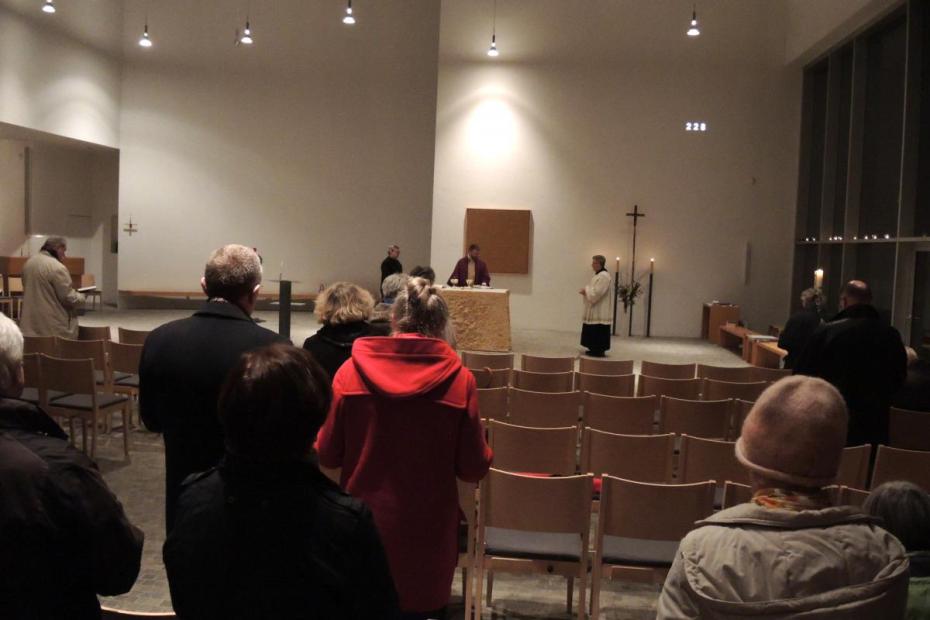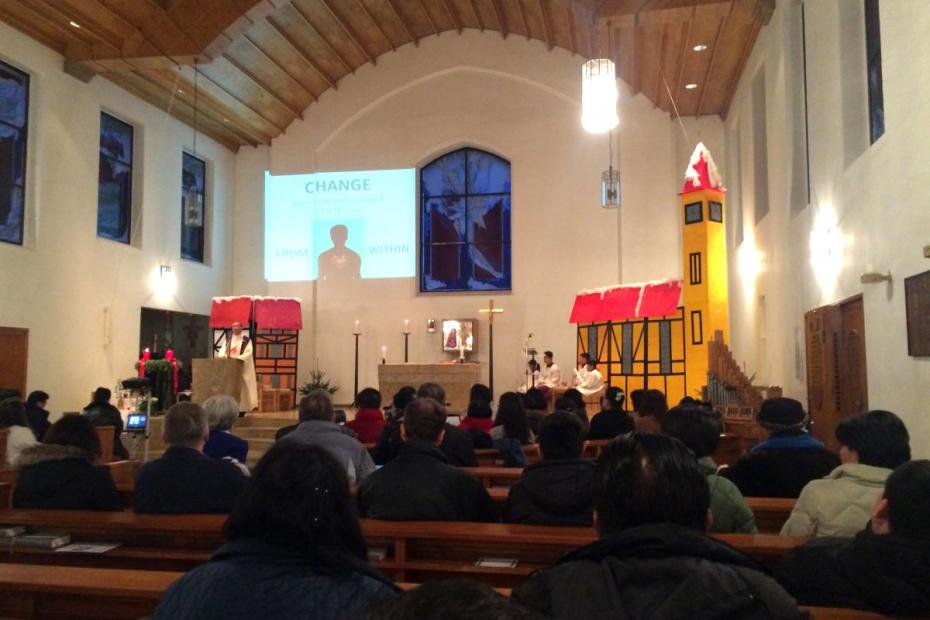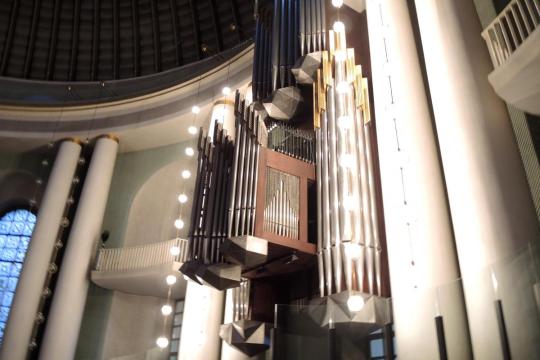As open and forthright as Berlin can be in some regards, it is still a formal society, and small formalities count a great deal in social interactions. Many of these formalities and assumptions bear themselves out in the style of German liturgy.1 To a degree that makes it stand out from the liturgical styles of many other countries, liturgy is very clearly built around good order. Our God, it quickly seems, is a God of order.
Thoroughness and attention to proper detail are said to be important German traits when it comes to any kind of work, and the liturgy is celebrated in the same way. Berliners report that presumed intimacy is a cultural faux pas in Berlin, and this seems to hold true for liturgy as well. Liturgy does not appear to be a place for improvisation, informality or kitchiness. In contrast to American, Filipino, and sub-Saharan African liturgies, in different ways, German liturgy is not a time for personal expression, whether by celebrants, singers or lay worshippers. Celebrants might be able to reach out in small ways to children, but adults stick with the formalities.
It seems a stereotype to speak about Prussian obedience, but the theme surfaced from Germans and immigrants many times. At least as it is enacted at liturgy, faithfulness seems to be most authentically expressed through obedience. The German language itself is sometimes said to be most suitable to obedience, especially as Berliners use it. The Emperor Charles V is ascribed to have said, “I speak Spanish to God, Italian to women, French to diplomats, English to businessmen, and German to my horse.”
Lay people practically do not gesture at all during liturgy. The rare person will have her hands outstretched at the Our Father, but the entire repertoire of lay movement is essentially limited to standing, sitting, kneeling, and holding a hymnal. Filipinos commented in interviews that even a child acting like a child at Mass draws immediate stares.
Singing, in a communal yet orderly way, is the key lay response and responsibility at liturgy, a very important part of the community’s life. A new hymnal was introduced a year ago, to great trepidation that much-valued hymns might be excluded.
Liturgy is often said to be limited to 45 minutes, after which the laity get nervous, though others said that could be stretched closer to an hour.
One woman reflected during an interview on what she saw as the limits of this kind of worship, saying, “Sometimes I look around at Mass and think, ‘This has to look so unbelievably joyless and boring to someone who just walks in off the street. Who would want to join us?’” Yet she worshipped that way weekly and apparently drew some sustenance from it, and did not seem comfortable, like most Berliners, with charismatic forms of worship.
A number of interviewees, both German and foreign born, noted that preaching at German parishes tends to be "very analytical," "philosophical," "intellectualized," "abstract," and "focused on social issues and the importance of Christian awareness of these needs."
“They tell you what is wrong in the world and what should be better.” One Filipino said that this puzzled him at first until he realized that all his conversations with Germans were like that. Abel, a Filipino who has lived here in Berlin for 15 years, noted, “When I am together with Filipinos, we all talk about people, and how people are doing, how their lives are. Germans talk very little about that. I learned to fit into conversations by talking about current events, social issues, and the like. And that’s what preaching at German Masses is like. And no little jokes, like Filipino priests tell.”
Videos of the Ghanaian liturgy in Berlin put into particular contrast some of the differences of style and the reasons (beyond language) why a separate liturgy is something Ghanaians wanted.
- 1Observations in this section are based on interviews with 16 Catholics in Berlin and participation in liturgies over the course of 8 days in Berlin in December 2014.





